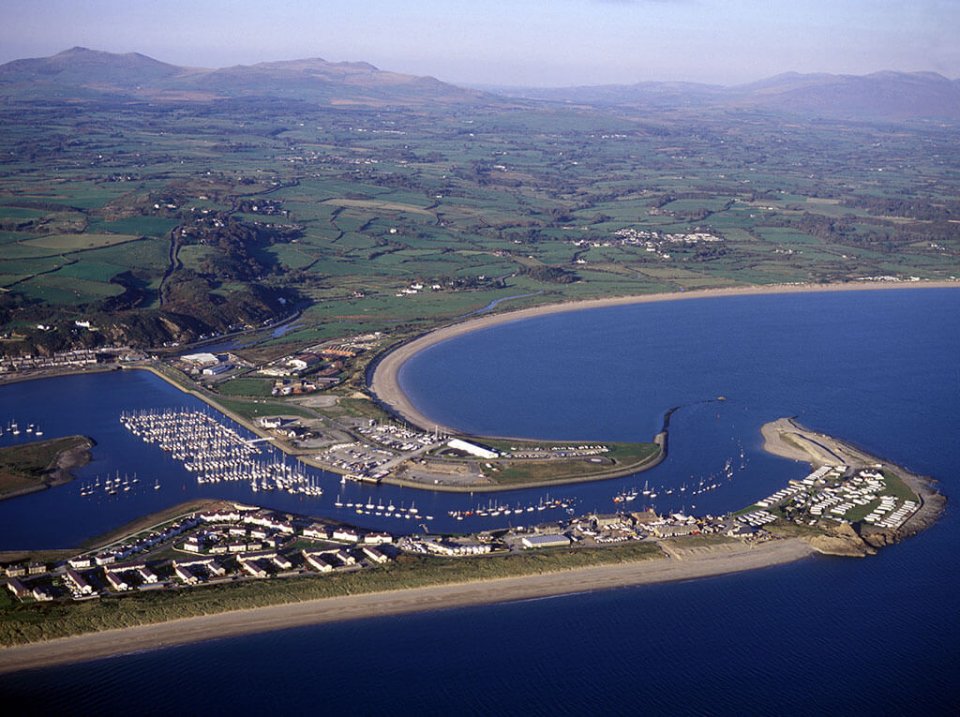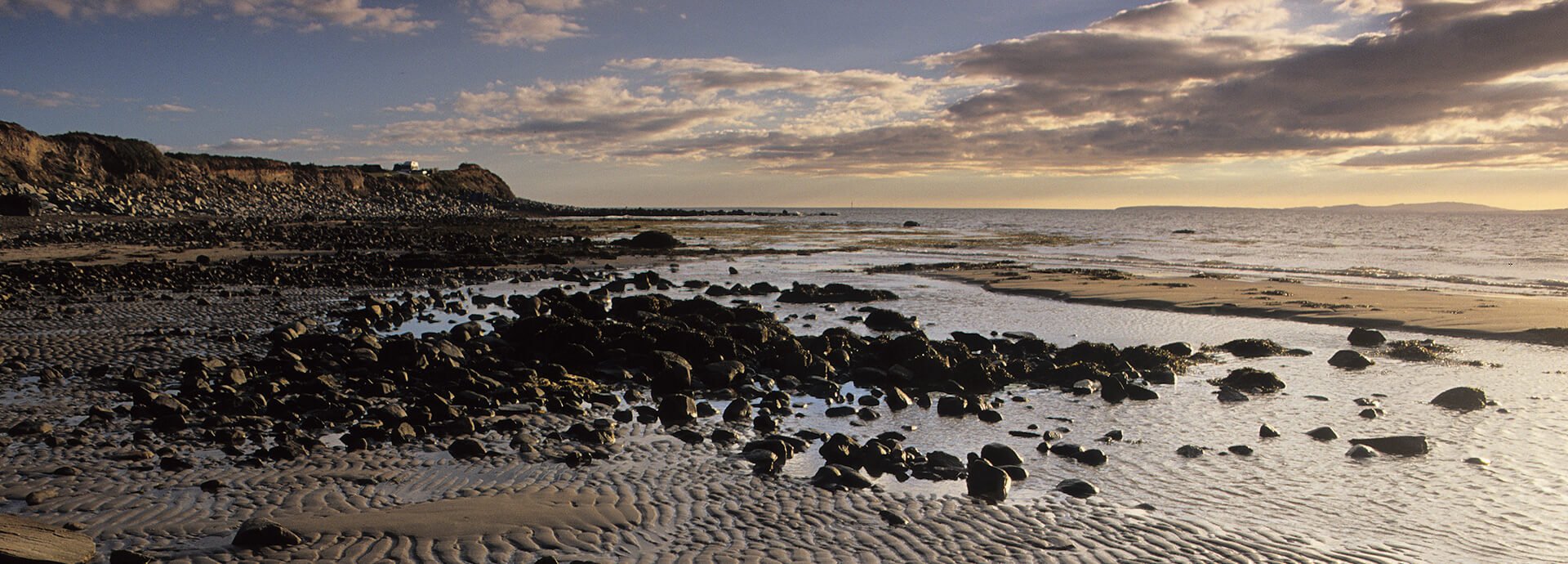Salicornia and other annuals colonising mud and sand
Salicornia and other annuals colonising mud and sand is a community of pioneer saltmarsh plants that colonises intertidal mud and sandflats in areas protected from strong wave action. This pioneer saltmarsh is an important precursor to the development of more stable saltmarsh vegetation. Salicornia and other annuals colonising mud and sand develops at the lower reaches of the saltmarsh where the plants are frequently flooded by the tide. It can also colonise open creek sides, depressions or pans within saltmarshes, as well as disturbed areas of upper saltmarsh.
There is much less variation within this habitat type compared with the Atlantic salt meadow habitat and, in the UK, Salicornia and other annuals colonising mud and sand encompasses four different plant communities.
Three of these communities encompass open stands of perennial glasswort Sarcocornia perennis, glasswort Salicornia spp., or annual seablite Suaeda maritima. The density of these plants can vary and may be lower on sites with sandier substrates. Other species that may be found include common saltmarsh-grass Puccinellia maritima, common cord-grass Spartina anglica and sea aster Aster tripolium. A further form of the habitat recognised as a separate type of plant community, consists of ephemeral vegetation colonising open pans in upper saltmarshes. Characteristic plants of this vegetation type include sea pearlwort Sagina maritima and knotted pearlwort S. nodosa.
Within the SAC, the Salicornia and other annuals saltmarsh communities are present as a pioneer zone on the marine fringe of saltmarshes in the Artro, Dyfi and Mawddach estuaries and fringing part of Tremadog Bay. The largest proportion of this feature occurs in the Dyfi estuary. Three of the four characterising communities of this conservation feature occur in the SAC- these include open stands of perennial glasswort Sarcocornia perennis, glasswort Salicornia spp., or annual seablite Suaeda maritima.

